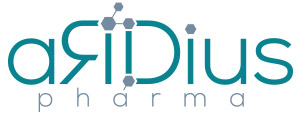The challenges of identifying rare diseases
manager2023-02-15T10:02:59+00:00Several factors contribute to the difficulty of accurately identifying and counting rare diseases. On one hand, the definition of what constitutes a rare disease differs between different countries around the world, ranging from five to 76 affected individuals per 100,000 people in the general population.
In Europe, a disease is considered rare when less than 50/100,000 individuals are affected, while in the US a rare disease is one affecting less than 200,000 people in the country. On the other hand, their rarity itself can make some conditions go unnoticed by the international scientific community unless the patients’ symptoms or phenotypes are properly classified and described in the medical literature and, ideally, the disease aetiology studied and defined.
The fewer the number of patients affected, the less probable that the disease will be described, classified, and studied. Since most healthcare professionals (HCPs) are not experienced in recognizing and managing the vast majority of rare diseases, in many cases a rare disease might not be diagnosed for years or might be misdiagnosed as another more prevalent disease that it might resemble.
Read the whole article here: The challenges of identifying rare diaseases


Contact
ARDIUS PHARMA PC
44 Vouliagmenis Av.,Argyroupoli, 16452
Phone: (+30) 2114188613
Email: info@ardiuspharma.com

